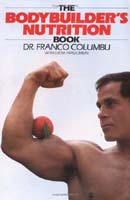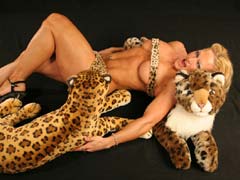 Heather Lee is a bodybuilder, powerlifter and fitness model. You'll also see her occasionally performing in Strongman (Strongwoman?) competitions.
Heather Lee is a bodybuilder, powerlifter and fitness model. You'll also see her occasionally performing in Strongman (Strongwoman?) competitions.
Aside from the usual range of photos that seem to go hand-in-hand with the sites of most fitness models, her training journal contains some interesting tidbits.
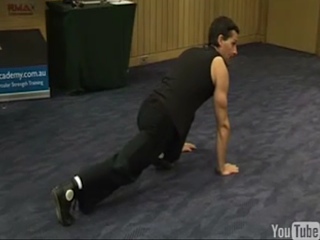
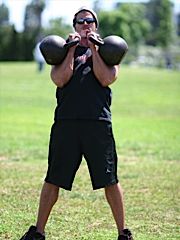
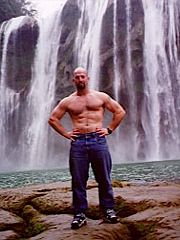 Matt Furey
Matt Furey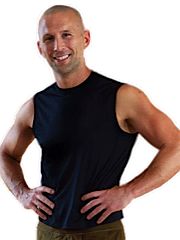
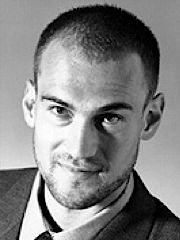
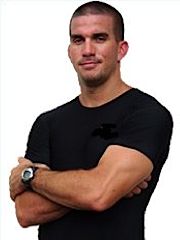
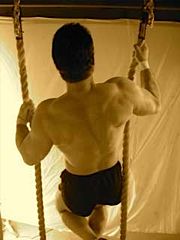
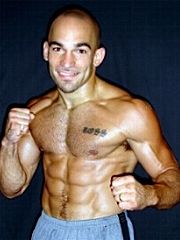

 Mike Mahler
Mike Mahler Matt Furey
Matt Furey Scott Sonnon
Scott Sonnon Pavel Tsatsouline
Pavel Tsatsouline Scrapper
Scrapper Brooks Kubik
Brooks Kubik Ross Enamait
Ross Enamait